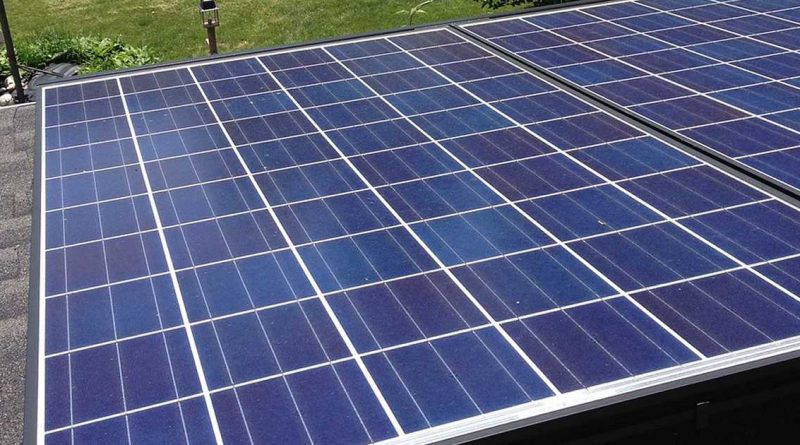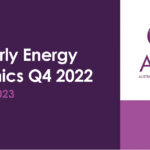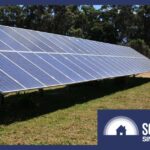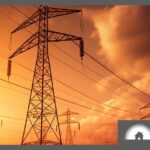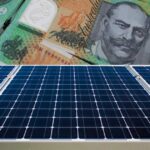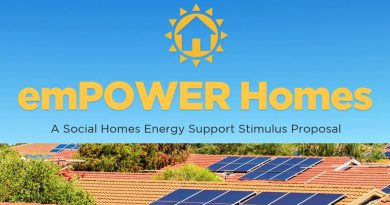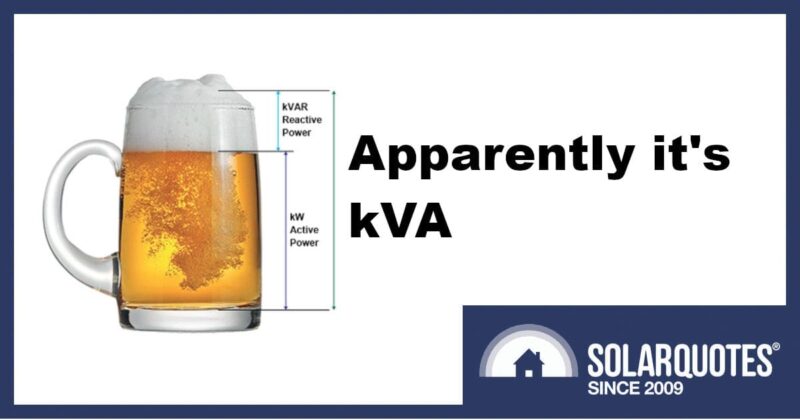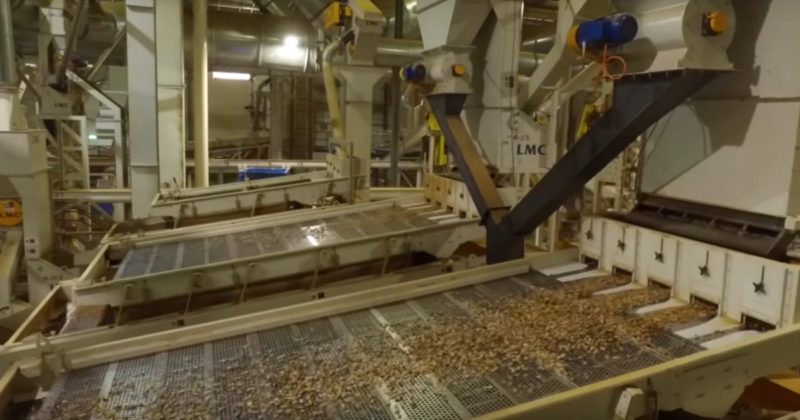Rooftop Solar Continues Assault On Wholesale Electricity Prices
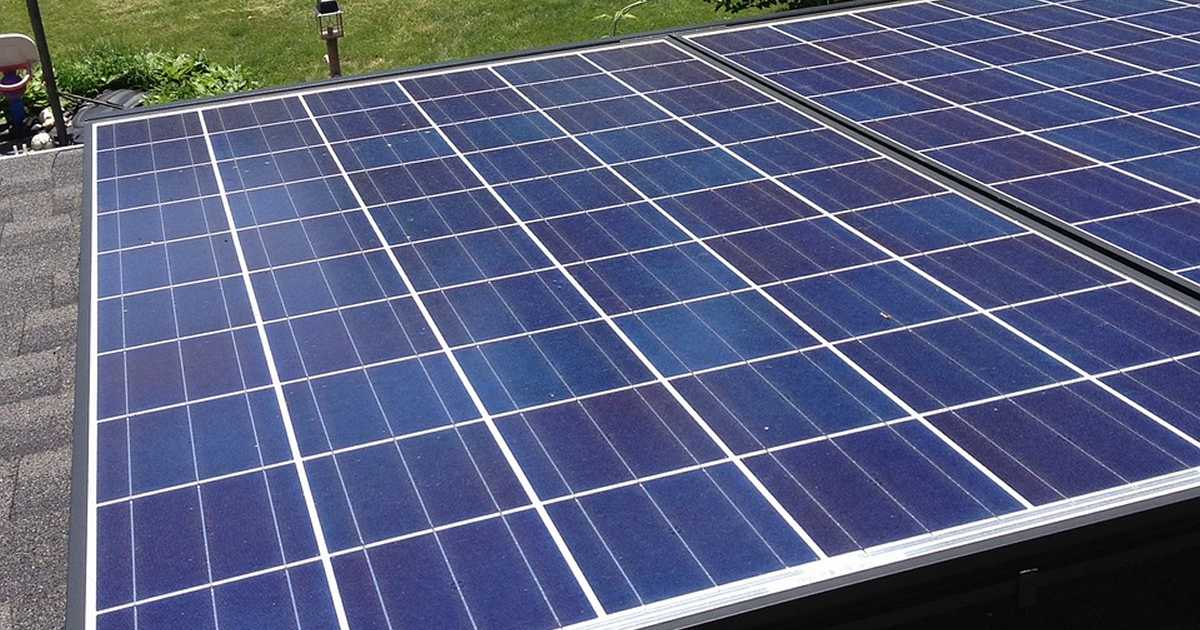
The Australian Energy Regulator again confirms the role rooftop solar power system owners are playing in in slashing wholesale electricity prices.
Usually during the summer months, wholesale electricity prices increase primarily due to demand driven by increased air-conditioner use – but this wasn’t the case in the first quarter of this year.
In NEM states, Q1 2021 prices ranged from an average $27/MWh in Victoria to $53/MWh in South Australia says the AER – the higher cost in SA mainly the result of a couple of events involving (gas) plant and network failures, and limited imports from across the border in Victoria.
“The milder temperatures during the past summer period and an additional 2,500 MW of rooftop solar capacity drove lower demand and lower wholesale prices, which is good news for consumers because it should lead to lower bills,” said AER Chair Clare Savage.
Ms. Savage also noted the first quarter of this year saw the lowest gas generation since 2005, the first time average large scale solar energy generation exceeded gas generation and coal generation dropping to a record low for Q1.
While wholesale electricity prices only make up around a third of an electricity bill and big drops on the wholesale side of things would mean not-so-big decreases in household electricity bills, any relief is welcome.
Taylor – The “Big Stick” Is Wot Dunnit
Federal Minister for Energy and Emissions Reduction Angus Taylor was pretty pumped about the situation.
“When energy prices drop, Australians have more opportunities to grow, prosper and get ahead,” Minister Taylor said. “That’s what our government wants – Australians worrying less about their energy bills. Cheap energy will help make that happen.”
He connected lower wholesale electricity prices to the introduction of the Morrison Government’s Big Stick legislation, also known as the Treasury Laws Amendment (Prohibiting Energy Market Misconduct) Act 2019. He didn’t mention solar power or renewable energy’s role at all, nor acknowledge coal was laying bleeding in the gutter and gas had been kicked in the nads.
But that’s OK, thankfully we have organisations such as the AER to help fill us in on what’s going on.
A Little Cloud With The Sunshine
Sustained lower wholesale electricity prices tend to lead to reductions in solar feed-in tariffs. That doesn’t make solar not worth it any more, far from it – just a greater emphasis needs to be placed on solar energy self-consumption as the value of self-consumed electricity is far higher than what you’ll get for exporting it to the mains grid. Compare the cost of your usage tariff with your feed-in tariff to see the benefit.
It also pays to check if you can get a better deal by comparing electricity plans, bearing in mind the highest feed-in tariff doesn’t always represent the best overall plan.
SQ’s Ronald takes a deep dive into why solar feed in tariffs are lower than electricity consumption tariffs in this article, which contains a detailed breakdown on what makes up an electricity bill sausage.
Ms. Savage also noted low mains-grid demand can also be a negative thing as it can impact on the stability of a network. This is why changes need to be made to how the energy system operates for the good of solar and non-solar owners alike.
The AER’s latest Wholesale Markets Quarterly report can be viewed here.
Original Source: https://www.solarquotes.com.au/blog/solar-wholesale-electricity-mb1999/

